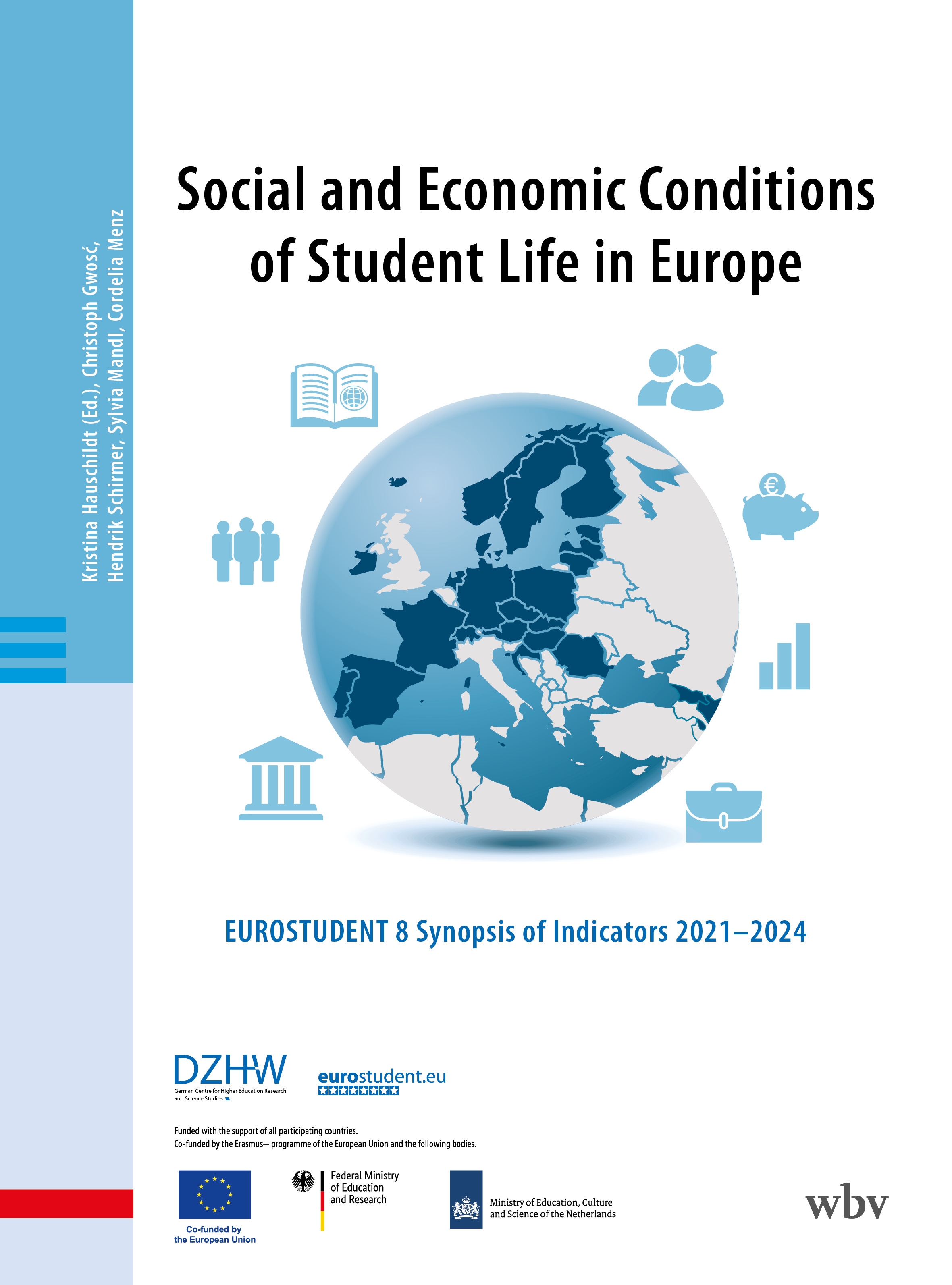Types and modes of study
Understanding the prevalence, demographics, and satisfaction levels associated with flexible study modes (e.g. part-time studies, distance learning, and online lectures) offers insight into the evolving landscape of higher education, particularly in the context of rapid technological advancements and global challenges such as the COVID-19 pandemic. Exploring various characteristics of higher education institutions offers valuable insights into the diversity and dynamics of educational landscapes. This chapter takes both, flexible study modes and institutional characteristics, into account. Amongst others, it is found that while national higher education systems exhibit various forms of study flexibility to differing extent, while certain socio-demographic and study-related preferences for flexible study modes hold true across countries. Further on, certain institutional types (such as non-universities, institutions with higher imbalance in the student-to-academic staff ratios, less research-intensive, subject-specialised institutions) emerge as prominent providers of flexible study modes.
Beiträge
Open Access
Open Access
Open Access
Open Access
Open Access
Open Access
Open Access
Open Access
Open Access
Open Access
Open Access
weitere Infos
Schirmer, H. (2024). Types and modes of study. In K. Hauschildt (Ed.), Social and economic conditions of student life in Europe. EUROSTUDENT 8 Synopsis of indicators 2021-2024. wbv Publikation. DOI: 10.3278/6001920ew004
